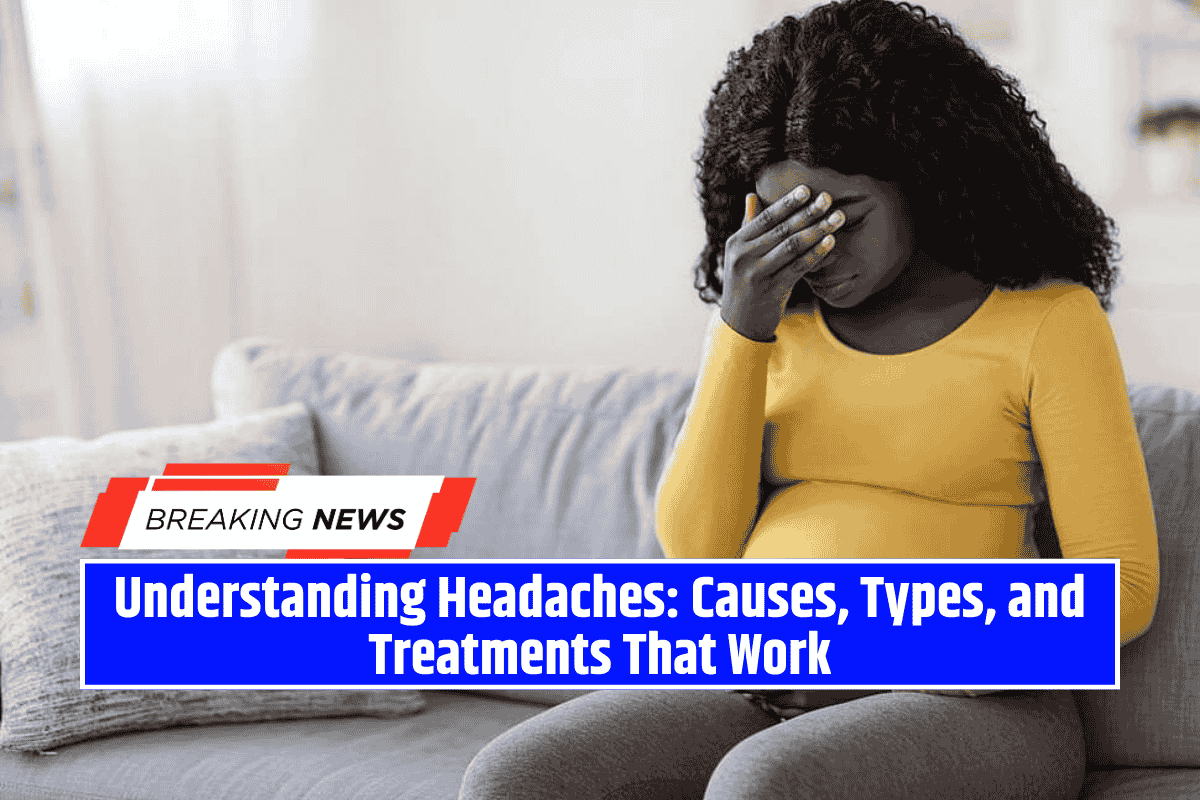Headaches are something everyone experiences at some point. For some, they come and go quickly. For others, they can be extremely painful, last for days, and make it hard to go about daily life. The key to treating headaches properly is knowing what type you have and what’s causing it.
Different Types of Headaches and What They Mean
Not all headaches are the same. Some are mild and short-lived, while others are chronic and disabling. According to Dr. Michael Oshinsky from the National Institutes of Health (NIH), a chronic headache is when someone has headaches on more than 15 days in a month.
Here are the most common types:
- Tension Headaches:
These are the most common. They’re often caused by stress, lack of sleep, poor posture, or dehydration. The pain is usually mild to moderate and felt on both sides of the head. - Migraine Headaches:
Migraines are more serious. They are a brain condition that causes:- Intense pain on one or both sides of the head
- Nausea or vomiting
- Sensitivity to light, sound, or smells
- Fatigue or mood swings
- Cluster Headaches:
These cause sudden, severe pain, usually around one eye. They come in cycles or “clusters”. - Post-Traumatic Headaches:
These occur after concussions or head injuries. - Secondary Headaches:
These are symptoms of something else, like high blood pressure, stroke, or infections.
Everyday Habits That Help Prevent Headaches
Simple lifestyle changes can reduce how often headaches happen. Experts recommend:
- Drinking enough water throughout the day
- Getting proper sleep
- Managing stress through relaxation techniques
- Avoiding common headache triggers like certain foods, loud noise, or screen time
Keeping a headache diary is also helpful. Note when the headache started, how bad it was, what you did to treat it, and how long it lasted. Doing this for a month can help spot patterns.
When to Use Medicines – and When Not To
For occasional headaches, over-the-counter (OTC) painkillers like paracetamol or ibuprofen usually help. But using them too often — more than 3 or 4 times a week — can actually make headaches worse. This is called a rebound headache, says Dr. Oshinsky.
For frequent migraines, doctors may suggest preventive medicines, including CGRP blockers, which reduce the number of attacks. However, these don’t work for everyone.
New treatments being studied include drugs that target glutamate, a brain chemical linked to nerve activity and migraine pain. But more research is needed to understand how and when to use them.
Drug-Free Treatments That Also Work
Not all treatments involve medicines. Many people find relief through:
- Cognitive Behavioral Therapy (CBT): Helps you manage stress and cope with pain. Studies show it can even change how the brain reacts to pain.
- Mindfulness and Meditation: Helps calm the mind and reduce tension.
- Biofeedback: A technique that teaches you to control physical responses like heart rate or muscle tension.
Headaches in Children and Teenagers
Kids and teens also get headaches, especially migraines. But in younger children, migraines can show up differently. Instead of saying their head hurts, they may complain of stomach pain first.
Puberty and hormonal changes, especially in girls, can also trigger migraines. Researchers are working on ways to predict which teens are most likely to get migraines, so they can be treated earlier or even prevented.
Headaches are common, but they can affect people in very different ways. Whether it’s a mild tension headache or a disabling migraine, the key to feeling better lies in understanding the type of headache and what causes it.
With the right mix of lifestyle changes, medicines, or therapies, most people can find relief and live comfortably. Keeping track of your symptoms, avoiding triggers, and speaking to a doctor when needed can make all the difference.









